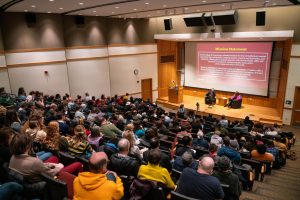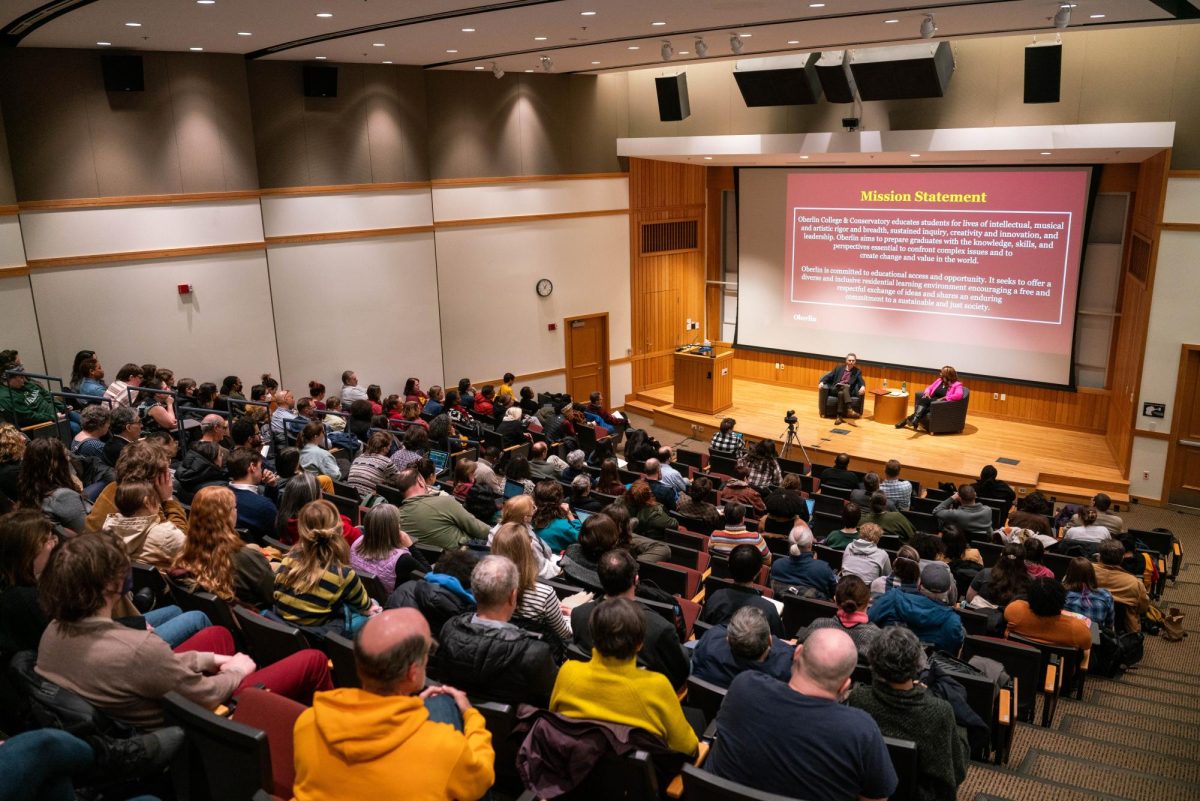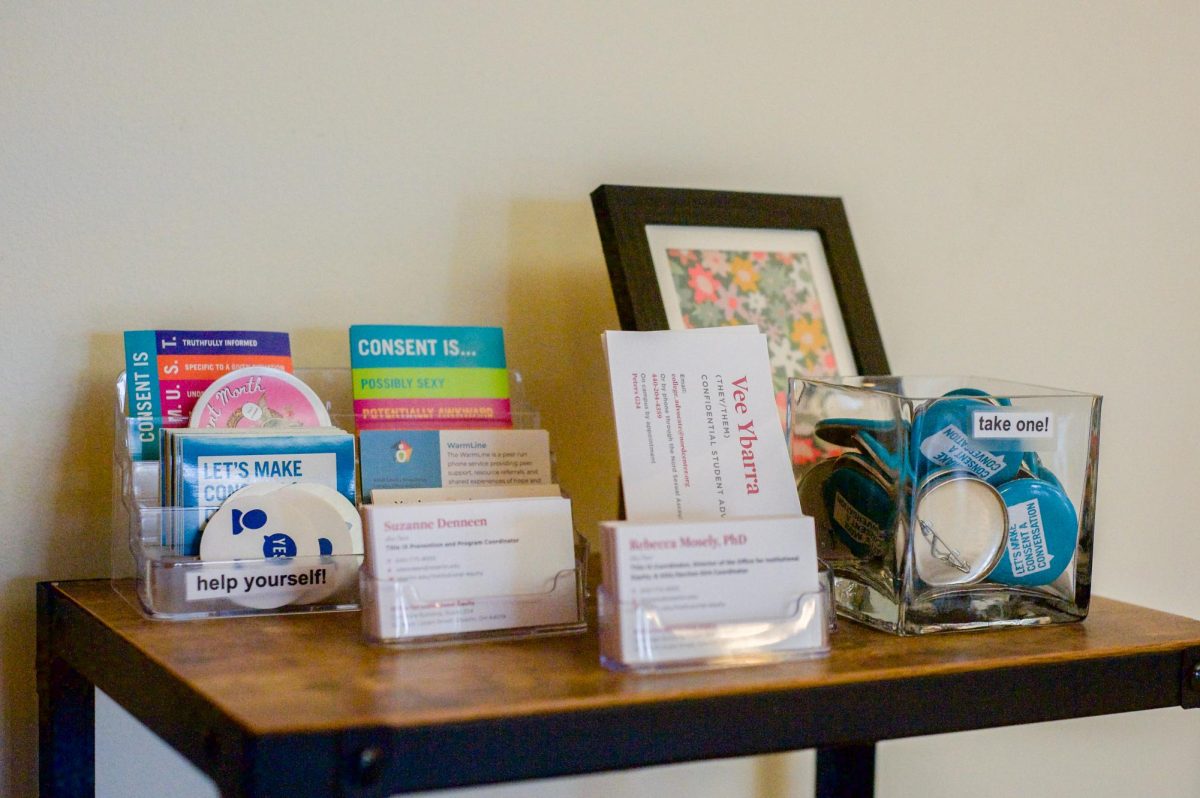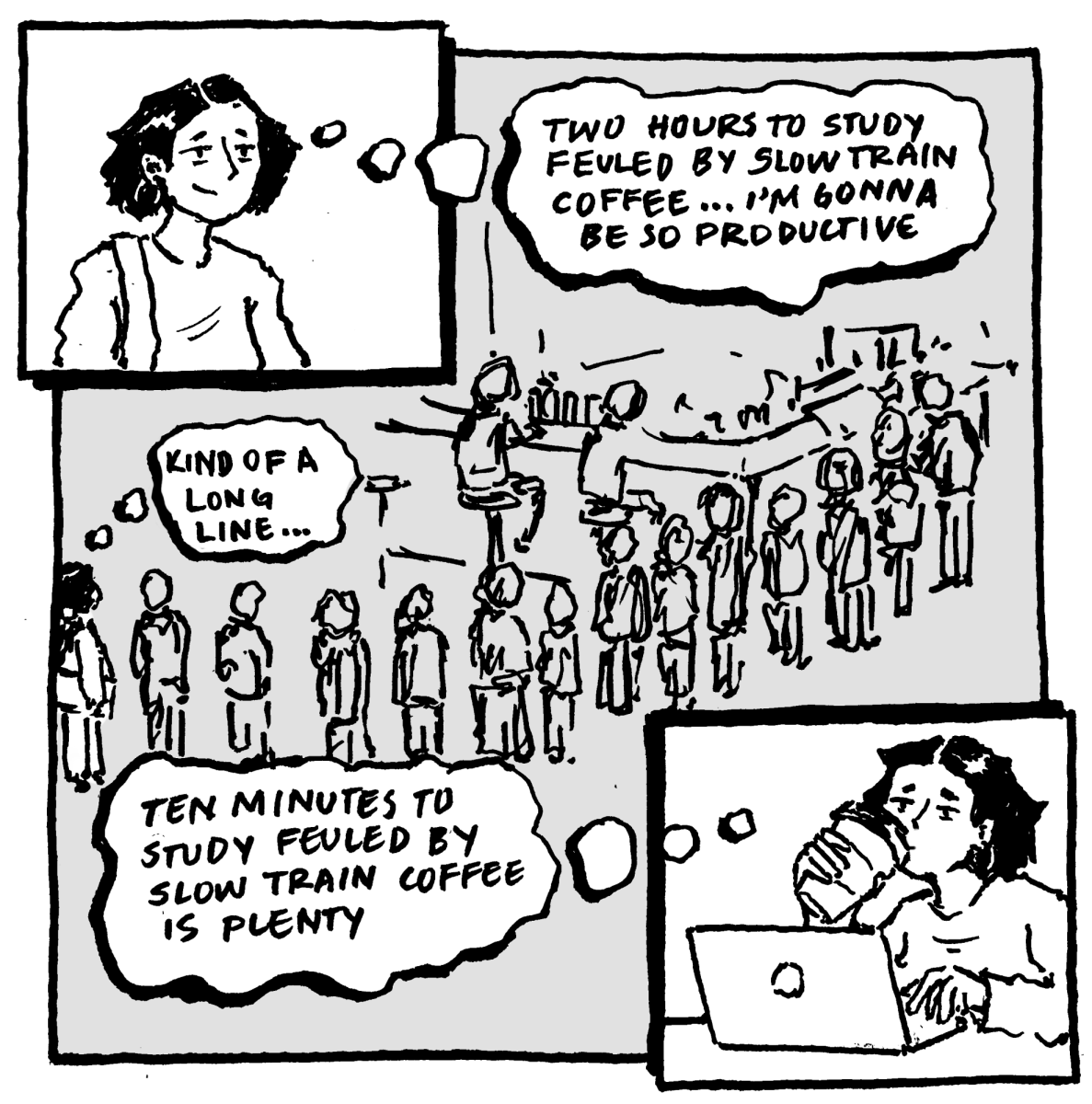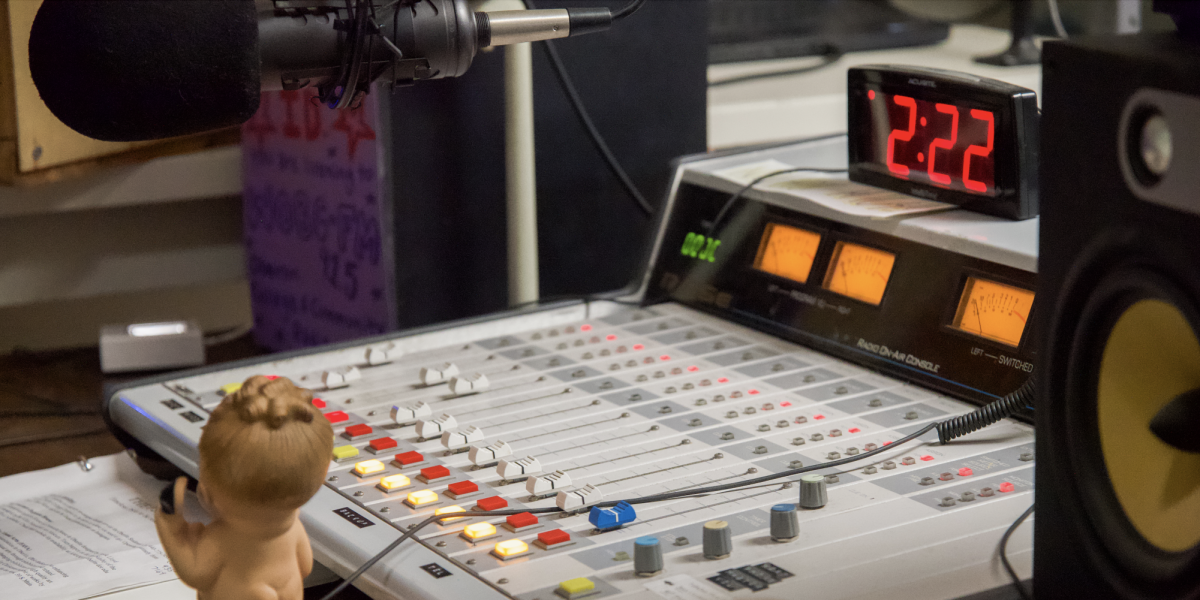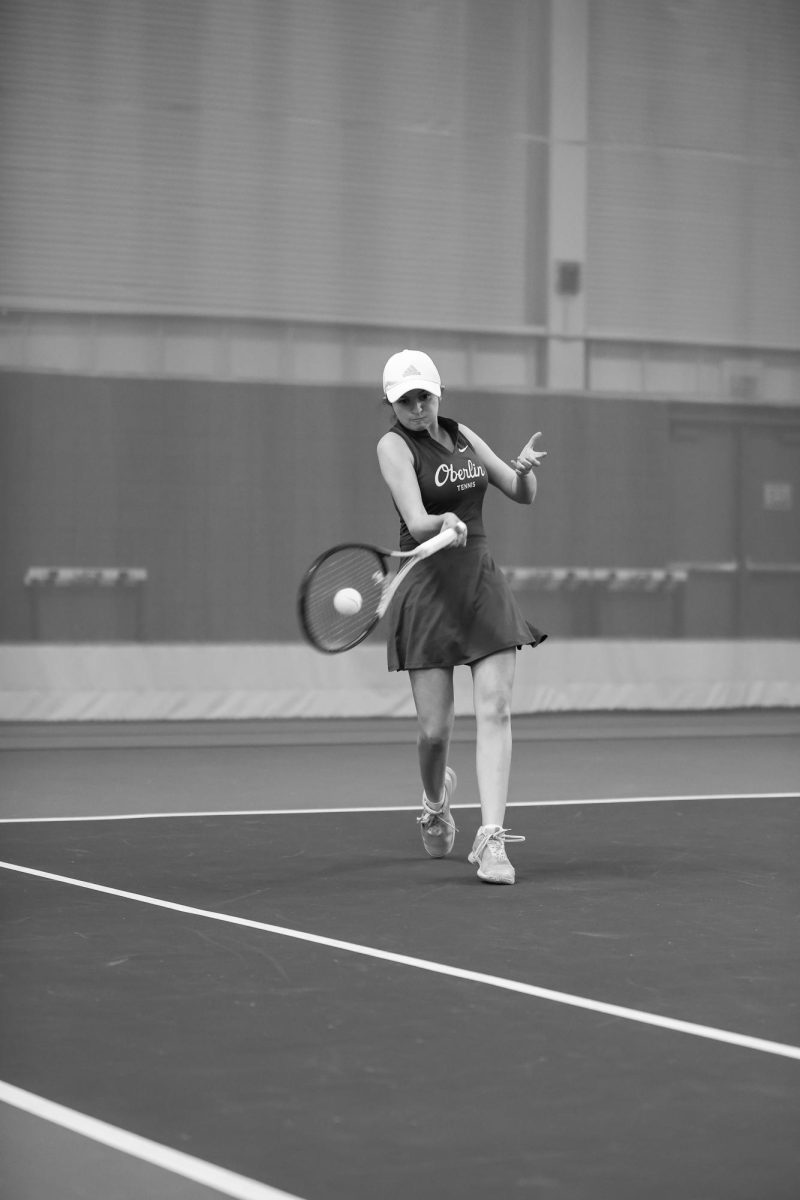Get Paid to Play: A Look at the NCAA and its Athletes
May 4, 2012
When I started looking for colleges in high school, I knew I had worked hard enough in the classroom to go to almost anywhere I wanted. Despite this, my focus lingered on those few schools whose softball programs would fit me best. I looked mostly at nearby National Association of Intercollegiate Athletics (NAIA) schools and a few state NCAA Division I schools, all of which offered athletic scholarships. Most coaches and players were very honest and told me about how athletics took over in that kind of environment: I’d be practicing/lifting/conditioning two to three times per day and missing a lot of classes because of travel, no excuses and no exceptions. At Eastern Illinois University, I was told that even after putting in all the work, I wouldn’t see playing time until my junior or senior year.
After all those visits and coaches, I realized that having an athletic scholarship just wasn’t for me. Still, I wanted to play. I was used to playing at an intense and competitive level, and wanted to continue, but I did not want to play somewhere where I would feel owned. Then, I was contacted by Oberlin College, and the rest is history. I was sold by the holistic experience promised to me, and I haven’t been let down.
Most “student-athletes” choose, like I did, to play at a non-scholarship Division III institution. But the elite few take the high-intensity scholarship route. We see them shooting free-throws on CBS during March Madness or watch them throwing touchdowns on ESPN any given Saturday.
The NCAA makes around $4.5 billion from licensing and branding and over $770 billion through the Division I championship tournaments each year, thanks in no small part to the performances of student-athletes.
And yet despite this dedication to their schools’ athletics, they receive no compensation.
Paying college athletes to play is a hot debate, with solid points both for and against.
There are three major arguments against paying college athletes.
Many maintain that amateurism, the romantic idea of participating in sports “for the love of the game” rather than for money, is essential to college sports, and that direct payment would ruin the “student-athlete experience.” No longer would athletes be playing with friends and teammates; they’d be reduced to co-workers, with the sole intent of furthering profit margins.
I have always been a romantic for amateur athletics; I have always played “for the love of the game.” But while I like the ideal of the intrinsically inspired “student-athlete,” the reality behind the situation is far more complex. Truthfully, “amateurism” is coined, developed and governed by the NCAA. The “student-athlete” was created by the NCAA in the 1950s when families of athletes injured and even killed on the field started filing for workers’-compensation benefits from academic institutions. Now, “amateurism” and the “student-athlete” are just two myths that compel athletes to sign away their rights to liability benefits and even their images, which can show up in video games.
Another argument that is popular among cynics, including those unfamiliar with college sports, is that the scholarships that Division I athletes receive are already enormous; they can be valued at up to $200,000.
Many student-athletes do receive either partial or full scholarships, but even a full ride has its limits; these scholarships don’t always translate to the money generated or the time spent. The average Football Bowl Subdivision player is purportedly worth $121,000 per year, and spends about 43.3 hours participating in football per week in season. The average D-I men’s basketball player is worth $265,000 per year and puts about 39 hours into basketball per week in season, though Duke University’s men’s basketball players’ estimated worths are as much as $1 million each. For those with full scholarships, the average gap between what the scholarship covers and accrued living expenses ranges from $952 to $6,127, but the time commitment doesn’t allow for a part-time job to bridge the gap. Also, most athletes are “highly encouraged” to participate in voluntary summer workouts, effectively preventing them from having a summer job.
Some cite benefits to being a student-athlete, such as paid-for housing and meals, but they fail to see that student-athletes must miss class, fall behind in work and have limited free time. The NCAA only requires D-I athletes to take six credit hours per semester and expects 80 percent of coursework completed by the end of the student-athlete’s fourth year. Those who must return for a fifth year without playing eligibility left are responsible for their own tuition or do not graduate.
Changes are being made. In February, the NCAA voted to uphold legislation that would allow schools to offer multi-year, as opposed to year-by-year, scholarships. This would protect some athletes who would need to complete a fifth year or athletes injured before their scholarships were renewed.
Finally, many argue that a system wherein all or even some athletes are paid is so logistically complicated, and has so many serious legal implications, that it would be basically impossible to pull off. While individual programs can be quite successful, many athletics departments as a whole do not turn a profit. There would also be complications with who receives what money. Would the back-up place kicker receive the same amount of money as the star quarterback? Would the women’s volleyball players with a 2–25 record make the same as the 25–2 men’s basketball team? If not, would players from only profitable programs receive compensation? In this case, the two programs that bring in the most revenue are football and men’s basketball. Because both of these are men’s sports, Title IX suits would surely follow. Contracts for compensation and scholarship would have to be drawn up separately, and even this may not be able to avoid the sweeping arm of Title IX.
This final issue of logistics is most compelling. Undoubtedly, it would take many years of negotiations and legal advice before any compromise could be made.
Still, these are not good enough reasons not to explore how, and if, athletic compensation of some sort might work.
Firstly, revision of NCAA bylaws and rules regarding amateurism could make it so that athletes’ amateur status is not affected if they receive compensation for appearances, licensing, autographs or other of endorsements. This option could include a stipulation allowing the athlete to hire an agent or manager, and receive funds from that person. This would decrease the likelihood of scandals, like the one that enveloped the University of Miami from 2002–2010, when incarcerated Ponzi schemer and big-time football booster Nevin Shapiro gave University football players free cash, prostitutes, jewelry, access to his multi-million dollar yacht and, in one case, bankrolled an abortion.
The second possible option, proposed by Drexel University professor Ellen J. Staurowsky and National College Players Association president Ramogi Huma, proposes a fund faucet called an “educational lockbox.” Players would receive compensation from endorsements and a portion of revenue made from the NCAA. The funds from the NCAA would be a fraction that the NCAA makes off of television contracts, video games and images, and other collected revenue. Players would receive small amounts from the “lockbox” during the school year and the rest could fund a fifth year or be given after graduation.
Both options offer players greater incentive to graduate and become true student-athletes.
While the current NCAA system is certainly flawed, paying Division I athletes to play is logistically too complicated to be realistic, at least in the short term. But while there might not be a sure-fire solution, the NCAA must begin to make some changes. Although the NCAA prides itself on amateurism, the concept has been rendered obselete by the Division-I student-athlete. By refusing college players direct compensation, the NCAA refuses to recognize its most vital role: protection of its student-athletes.



